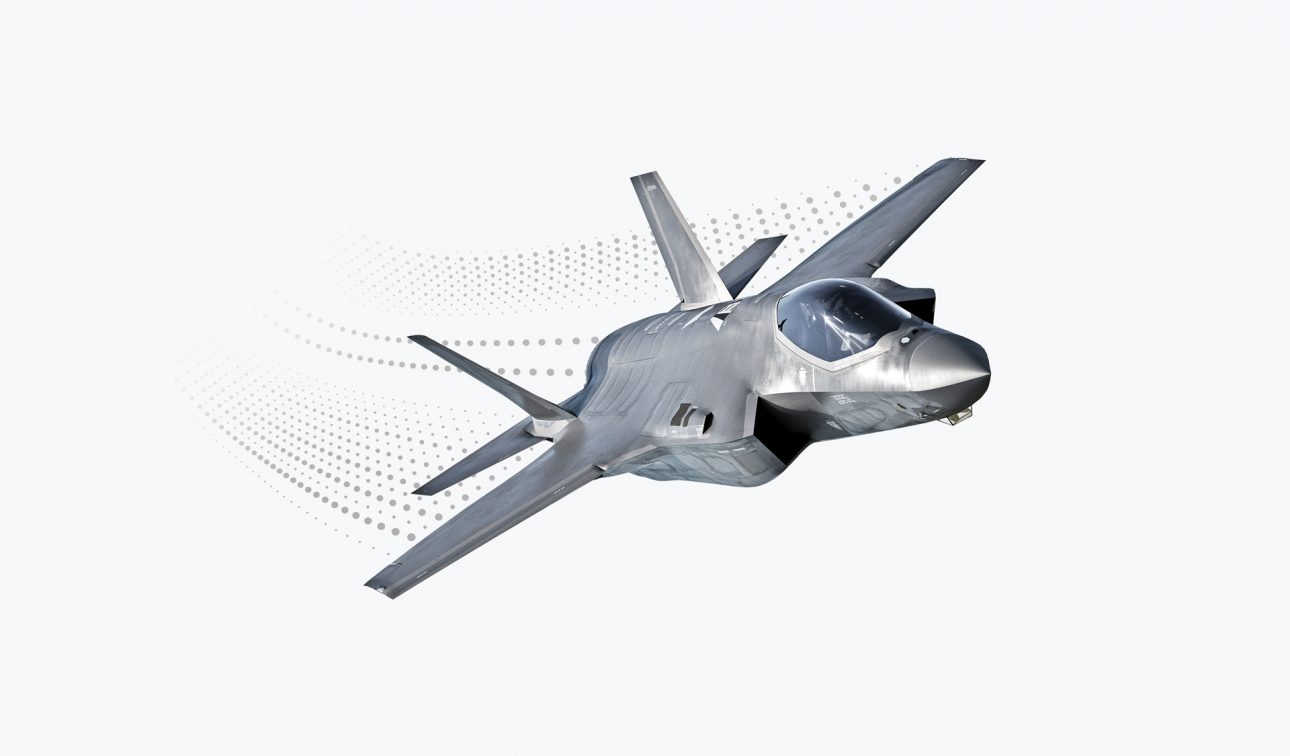Turkey’s future National Combat Aircraft, TF-X, is expected to make its first flight in the next three years. And the country has opened new engineering facilities for the design, development, and production of this fifth-generation fighter jet, according to reports.
The Engineering Center of the National Combat Aircraft was inaugurated on January 6 by President Recep Tayyip Erdogan, with the goal of rolling out the first Turkish Fighter Experimental (TF-X)/National Combat Aircraft (MMU) prototype in 2023. The Composite Manufacturing Facility and the Maintenance and Repair Center were two more facilities that debuted on the same day.
These facilities will be run by the Turkish Aerospace Industry (TAI), the manufacturer of the fighter aircraft, reported Daily Sabah.

Additionally, Erdogan announced that Turkey’s long-awaited National Combat Aircraft (MMU) will take to the skies in 2025. He announced this at the mass opening ceremony of 16 factories that are to operate in the Space and Aerospace Industry Zone in the capital Ankara.
The development indicates that Turkey is completely on track to produce its 5th-generation fighter with stealth characteristics, a capability currently possessed by only a handful of countries such as the US, China and Russia.
?The Engineering Center and Composite Production Building for #Turkey's national fighter jet MMU will be inaugurated today.
▪️The center will be the biggest of Turkey and the 4th biggest composite production facility in the world.pic.twitter.com/bbvCjwsaES
— EHA News (@eha_news) January 6, 2022
The newly-opened facilities are equipped with cutting-edge technology to ensure engineers can carry out all of their work in-house without relying on external resources.
The TF-X MMU is a fifth-generation aircraft with features similar to Lockheed Martin’s F-35 Lightning II. The Turkish air force’s F-16 fighters are being phased out progressively throughout the 2030s, and the proposed MMU will serve as their replacement.
Turkey was kicked out of the US-led F-35 Joint Strike Fighter program following its purchase of the Russian S-400 air defense system. The US also imposed sanctions on Turkey under the CAATSA, despite Turkey being a NATO ally.
The American reluctance to sell the fifth-generation stealth F-35 fighters to Turkey and the redundancy of the existing F-16 fleet with the Turkish Air Force make the MMU program all the more important for Ankara. Not only will it equip the Air Force with an advanced fighter but also reduce its dependence on the United States and its aerospace giants.

The New Engineering Facilities
The Composite Production Building was constructed with a TL 412 million investment. Under one roof, the factory will be Turkey’s largest and the world’s fourth-largest composite complex, according to Daily Sabah.
The primary production center, paint shop, and auxiliary facilities are among the 19 blocks that make up the Composite Production Building. The plant, which has the capacity to meet 2% of the world’s air structural composites market, will employ 150 engineers and 850 technicians.
?MMU TFX Engineering Center & Composite official opening by President RT #Erdogan @RTErdogan https://t.co/n77ne2RPwg
high #security technologies distinction of being #Turkey's & the world's https://t.co/uHB0cbjZTc largest composite facility #AvGeek pic.twitter.com/hpXRnEdvlw
— Amira D. Engelhardt (@EngelhardtDeniz) January 5, 2022
Turkey is one of 10 countries capable of designing and building their own battleships, as well as one of the top three drone producers, according to Erdogan.
Erdogan highlighted how Turkey’s defense sector has expanded in the past two decades under his Justice and Development Party’s (AKP) administration, claiming that the number of the country’s defense industry projects has surpassed 750.
He claimed that their budget had increased to $75 billion and that their annual turnover had increased to $10 billion. Some 2,300 engineers involved in the project will carry out their work at this hub, Erdoğan stressed.
TF-X Fighter Aircraft
As part of the TF-X Program, Turkey will become one of the few countries with the essential technology, engineering infrastructure, and production capabilities once all the crucial features (such as greater situational awareness, sensor fusion, low observability, weapon bay, etc.) required by a 5th generation (or beyond) fighter aircraft have been inculcated, according to Turkish Aerospace.

On August 5, 2016, the primary contract for the TF-X indigenous design and development program was signed between the Ministry of Turkish National Defense’s Under-Secretariat for Defense Industries (SSM) and Turkish Aerospace.
The TF-X will be a twin-engine, multi-role aircraft that will be intended primarily for air-to-air missions although it may be used in air-to-surface operations as well.
With this new engineering complex, Turkey has indicated that it remains committed to its advanced fighter jet program and it is soon to become a reality.
- Contact the author at sakshi.tiwari9555@gmail.com
- Follow EurAsian Times on Google News




